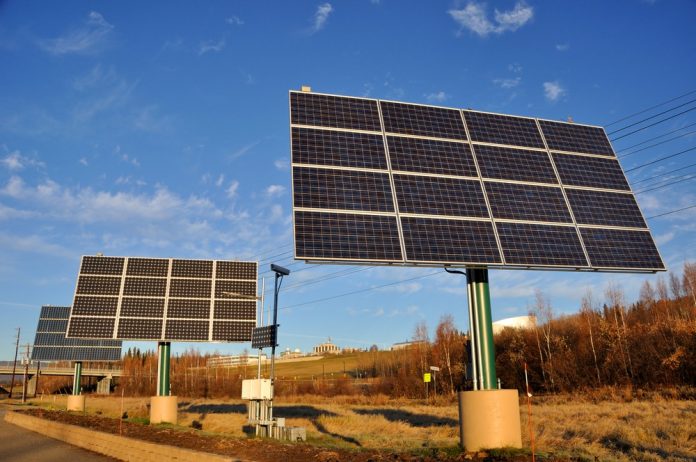By Dennis Hung
This new year is already proving to be an exciting one for the clean-tech industry. There is an increasing number of companies who are looking to embrace this new generation that is consumed with sustainable energy options. Because of these trends, many states are becoming solar states and enjoying the benefits that come with it. Below are some of the top renewable energy trends to look for in the coming years.
Energy Storage
The ability to efficiently and safely store energy plays a crucial role in the area of supply and demand. It is the key to tackling the never-ending intermittency problems with renewable energy. Combining a storage system with a source of renewable energy can ensure a steady and smooth supply of power, even when the weather conditions are not optimal. Energy storage companies are working diligently to improve their energy storage technologies. They want to offer energy storage options which are more viable and affordable.
Batteries are still the most common type of energy storage devices used for renewable energy systems. Their use in these systems is continuing to increase in a grid-wide and residential scale. The current prediction is that storage options will be the core component going into the future for new energy technologies.
AI and Microgrids
Local, smaller energy grids which can operate while connected to large, traditional grids or autonomously are called microgrids. These grids play an important role in emergencies situations. During emergencies, microgrids can offer efficiency, independence and protection. With the use of Artificial Intelligence (AI) and machine learning capabilities, the microgrid controllers can offer a continual adaptation and improvement of the operation.
The deployment of microgrids has become increasingly quicker and more efficient. Newly developed software allows these grid designs to be completed in a single day. Microgrids are becoming more popular in areas around the world. Many companies are using these to work towards the combined goal of transitioning the nation to over 70 percent renewable energy by the year 2050.
Grid Parity and Falling Costs
Grid parity is the result of finding alternative energy creation methods which are equal to or less than the cost of electricity created from traditional methods. Both wind and solar have reached parity in performance and price for many regions. New technologies are continuing to hone their edge compared to the competition. Traditional energy production models were based around large, centrally-distributed and top-down methods. These are now being replaced with consumer-driven, modular and evenly-distributed power generation methods.
Renewable energy sources were once thought to be too difficult to be able to integrate into grids. Today, they are serving as an efficient way to strengthen grid resilience and reliability. The utilization of AI, blockchain and automation technologies are making renewables more efficient and self-optimizing.
Wind and solar are already more cost-effective and efficient than other conventional methods. New and evolving technologies are helping to continue improving their cost and performance. When this is combined with economic benefits and less environmental impact, it is not a surprise to see renewable energy move from an option to a preference.
Energy Blockchain And IoT
Blockchain technology was originally created as a way to record cryptocurrency transactions. Today, it is also being used in the energy market. Blockchain technology is a digital ledger that is incorruptible. It can conduct and record transactions that happen in peer-to-peer networks. Blockchain lacks a centralization which makes it perfect for the elimination of the middlemen between electricity suppliers and consumers. It helps to reduce energy inefficiency and inequality while empowering consumers to sell and buy energy from other consumers directly.
IoT is short for the Internet of Things. IoT paired with the blockchain ledger technology will have a huge impact on energy systems into the future. Using the correct applications, our devices will be able to autonomously purchase amounts of energy during optimal times. It can also help to monitor and analyze the performance of energy-consuming devices.
Dennis Hung is a writer of all things business. He’s an expert in sales planning, strategy, pricing, and product Marketing. He has extensive knowledge in organic-only SEO, social media marketing, lead generation, and management consulting. As well he has administrative experience training in call centers and personal sales teams.
Solar panels stock photo by Gary Whitton/Shutterstock







